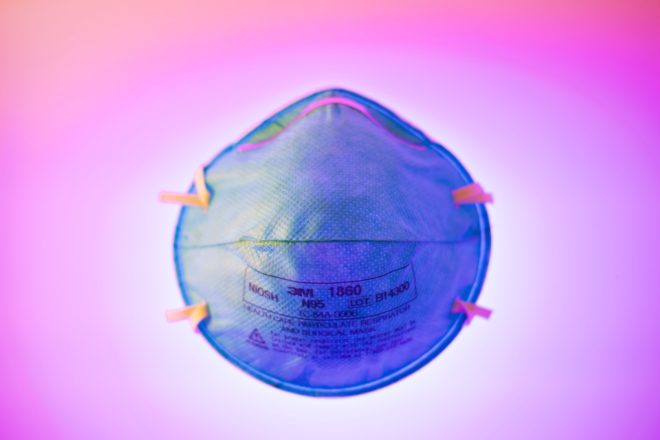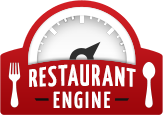Shortened CDC Expectations for Restaurants Leave Questions Unanswered

Many patrons have only a fuzzy idea of what to expect when they return to dining establishments, and they are encountering different practices at each establishment. With global COVID-19 cases exceeding 4.5 million including deaths of 306,000, consumers certainly remain concerned about safety. To help standardize safety practices across the country, the CDC released new guidance yesterday for various businesses, including a new one-page flier for restaurant owners.
Last week, media outlets including the Associated Press and New York Times reported that White House executives shelved a more stringent version of these guidelines for being “too prescriptive.” Yesterday’s new language suggests that CDC officials downgraded many of their rules to recommendations. The expressions “if feasible” and “as feasible” appear next to several sections about handwashing and employees wearing cloth masks, and the directives are now softened with words like “encourage,” “promote,” and “intensify.”
Earlier versions suggested, among other things, that restaurants should install sneeze guards at cash registers, or stop displaying food in buffets or salad bars altogether. Some of these deprecated suggestions still appear on other government websites but have not been included in yesterday’s CDC pamphlets.
The guidance arrives just as dine-in service resumptions surpassed 50% of states. There are currently 27 states which have reopened at least some form of sit-down dining service. On Monday, New Hampshire will be the 28th state to reopen. Also on Monday, Florida’s Governor will double the state’s occupancy cap for restaurants from 25% to 50%.
These are CDC’s new recommendations for restaurants, precisely as published yesterday.
- Promote healthy hygiene practices such as hand washing and employees wearing a cloth face covering, as feasible.
- Intensify cleaning, sanitization, disinfection, and ventilation.
- Encourage social distancing and enhance spacing at establishments including by encouraging drive-through, delivery, curb-side pick up, spacing of tables/stools, limiting party sizes and occupancy, avoiding self-serve stations, restricting employee shared spaces, rotating or staggering shifts, if feasible.
- Train all employees on health and safety protocols.
- Develop and implement procedures to check for signs and symptoms of employees daily upon arrival, as feasible.
- Encourage anyone who is sick to stay home.
- Plan for if an employee gets sick.
- Regularly communicate and monitor developments with local authorities and employees.
- Monitor employee absences and have flexible leave policies and practices ✓ Be ready to consult with the local health authorities if there are cases in the facility or an increase in cases in the local area.
- Protect employees at higher risk for severe illness.
- Reopen consistent with applicable state and local orders.
The CDC’s short list of 11 guidelines contrasts with McDonald’s 59-page instruction manual for reopening its dining areas. McDonald’s numerous requirements include cleaning restrooms every 30 minutes, sanitizing tables and kiosks after each use, and closing all self-service beverage and condiment bars. “6 pages of watered down guidelines from CDC,” tweeted one user today. “For perspective: It takes 59 pages of guidance to reopen dining rooms at McDonald’s.”
As another example of the extra lengths recommended by chain restaurants, consider these guidelines for Pizza Inn’s new dining buffet.
- Each buffet will have a dedicated “Sanitizer Captain” to enforce cleaning and sanitation standards.
- Guests will be given gloves or sanitizer.
- All workers wear safety masks and gloves.
- Self-serve beverage stations are closed.
- Buffet traffic is one-way and adheres to social distancing guidelines.
- Sanitation stations are added throughout the restaurant.
- Previously self-serviced silverware, plates, napkins and condiments are now distributed by servers.
The FDA has created its own simple guidebook outlining safe practices for food businesses. The FDA also maintains a directory of state-by-state guidelines here. Texas’ restaurant safety bulletin can be viewed here. Federally recognized disinfectants are listed here.
Photo by Brian McGowan on Unsplash


Leave a Reply